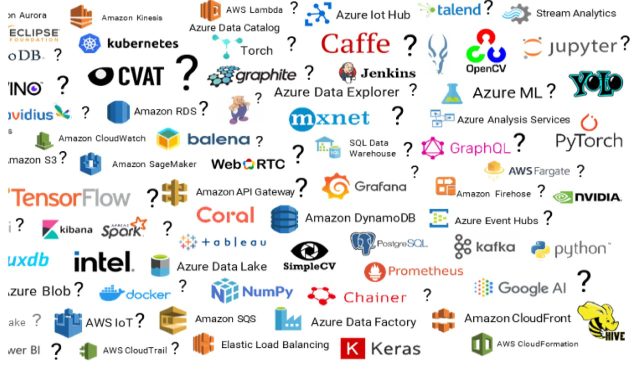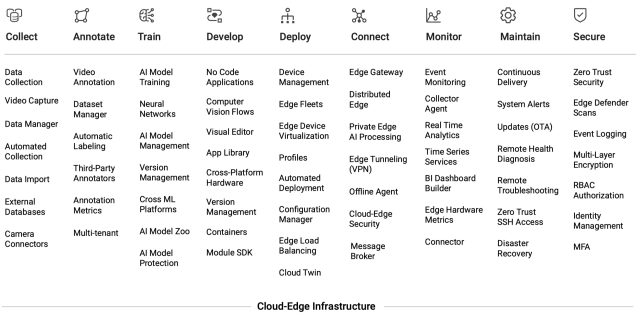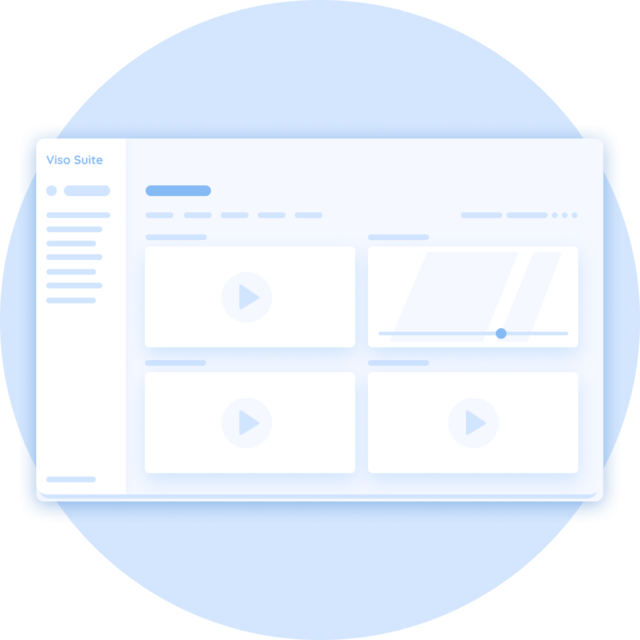The end-to-end computer vision platform
Computer vision is highly disruptive across all industries. To enable computer vision in real-world applications, organizations have to manage a complex lifecycle of computer vision. A unified platform is needed to integrate, optimize, secure and accelerate AI vision adoption.
Download this computer vision whitepaper for free and learn how your organization can adopt and apply AI vision effectively. Read how teams can develop, deploy and operate all their computer vision applications with a powerful, single no-code platform architecture.
Whitepaper contents
- Value of computer vision across industries
- Requirements for a computer vision architecture
- Problems of legacy computer vision toolchains
- Solution – A unified platform infrastructure
- Benefits of the Viso Suite Platform
- End-to-end capabilities of the Viso Suite
Computer vision is highly disruptive across all industries. To enable computer vision in real-world applications, organizations have to manage the entire lifecycle of applications. A unified platform is needed to integrate, optimize, and accelerate AI vision adoption.
Commercial Value: Companies in various industries have started to implement a growing number of computer vision applications to save costs, improve efficiency, increase revenues, and innovate. Seeing a surge of applications, the computer vision market is expected to grow to USD 51.3 billion by 2026 at a compound annual growth rate (CAGR) of 26.3 percent. Industry analysts estimate that organizations will invest more than $250 billion annually in digital transformation software by 2025. According to McKinsey, companies will generate more than $20 trillion annually in added value from the use of these new technologies. This is the fastest-growing enterprise software market in history.
Computer Vision is nontrivial: The problems that have to be addressed to enable today’s computer vision are highly complex. Deep learning is a major breakthrough that has dramatically transformed modern computer vision and opened the door to implementing large-scale AI vision applications. Robust cloud and edge infrastructures, a range of data services, and IoT communication are prerequisites to develop, provision, and operate computer vision applications at scale.
Most organizations will eventually need multiple and highly integrated computer vision applications. To avoid sunk costs and loss of investment, they need an efficient computer vision architecture to streamline and accelerate the development throughout the entire lifecycle. Let’s start with looking into the requirements for such a platform.
Viso Suite allows to take video streams, analyze them in a deep-learning model and draw insights in real-time at the edge, which results in real business impact.
– Arkadiusz Hruszowiec, Global Sales Director, Intel Inc


